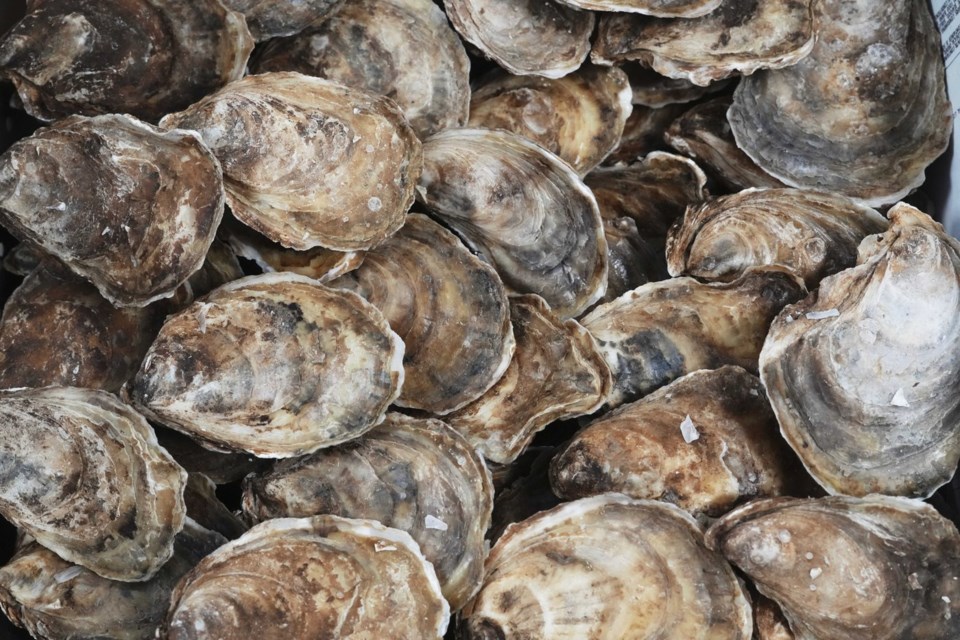FREDERICTON — It's the first oyster season in Prince Edward Island since a destructive parasite was identified in the province's waters last summer, and harvesters are taking stock of the extent of the damage.
P.E.I. Fisheries Minister Zack Bell said the parasite called multinucleate sphere unknown — also known as MSX — is "pretty much almost (on) the entire Island."
The parasite targets both cultured and wild oysters, killing about 95 per cent of affected mollusks within two to three years of infection. MSX was found in P.E.I.'s Bedeque Bay and several other areas in July. It has been present in Nova Scotia since 2002 and in southern British Columbia since 2007.
The Canadian Food Inspection Agency says its investigation into the parasite in Bedeque Bay indicated MSX was widespread on the Island — that it was present or highly likely to be present in numerous bays and rivers across marine waters of the province.
"With the spring oyster fishery now reopening, we're beginning to see firsthand the impacts of MSX on oyster populations," the agency said in an email. While MSX poses no risk to human health or food safety, it prevents oysters from thriving and can cause decreased rates of growth and increased oyster mortality, the agency said.
Bob MacLeod, president of the P.E.I. Shellfish Association, said his group accompanied provincial officials last week to check oysters in Bedeque Bay. The group spent nearly three hours and found about 30 oysters.
Usually, there should be thousands, he said. "It was devastating."
If an oyster-rich area such as Bedeque Bay is seeing a serious decline from MSX, he said, it doesn't bode well for other coastal areas that historically have had fewer mollusks. "The big question is going to be come June and the little spots where people are fishing right now that definitely don't have the volume of oysters on them," he said.
The Island's oyster industry generated almost $24 million in revenue last year, with 10 million kilograms of oysters. It's the province's third-most lucrative seafood business, behind mussels at $29 million and lobster at $298 million.
Bell said that so far, the extent of the damage from MSX is a "mixed bag." Some oyster-rich areas such as Lennox Island, Bedeque Bay and Percival River are seeing high mollusk death tolls, while other waterways are not seeing much of a decline.
The industry is hopeful the parasite can be contained, but the sector has also been hit by 25 per tariffs imposed by the Chinese government in retaliation for Canada's duties on electric vehicles.
"It's still really early in the season to know how much of an impact it's going to have on our exports, but the hope is we'll still have a lot of oysters to produce and be able to sell on the world market," Bell said.
This report by The Canadian Press was first published May 9, 2025.
Hina Alam, The Canadian Press


